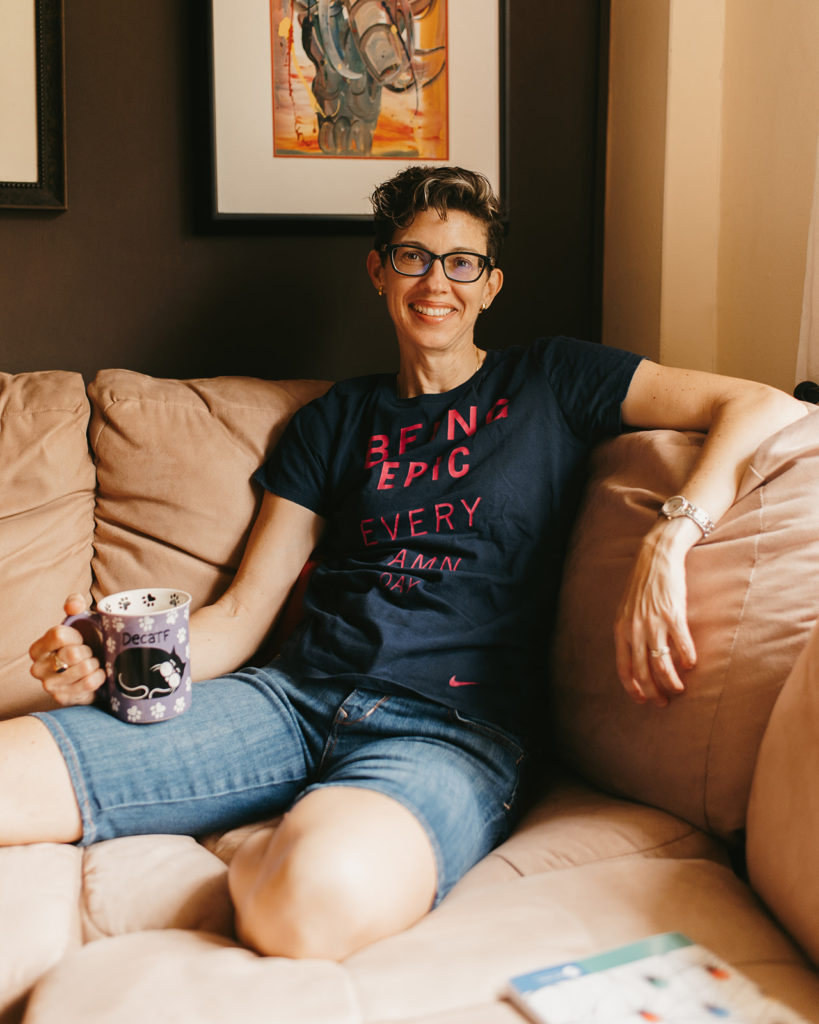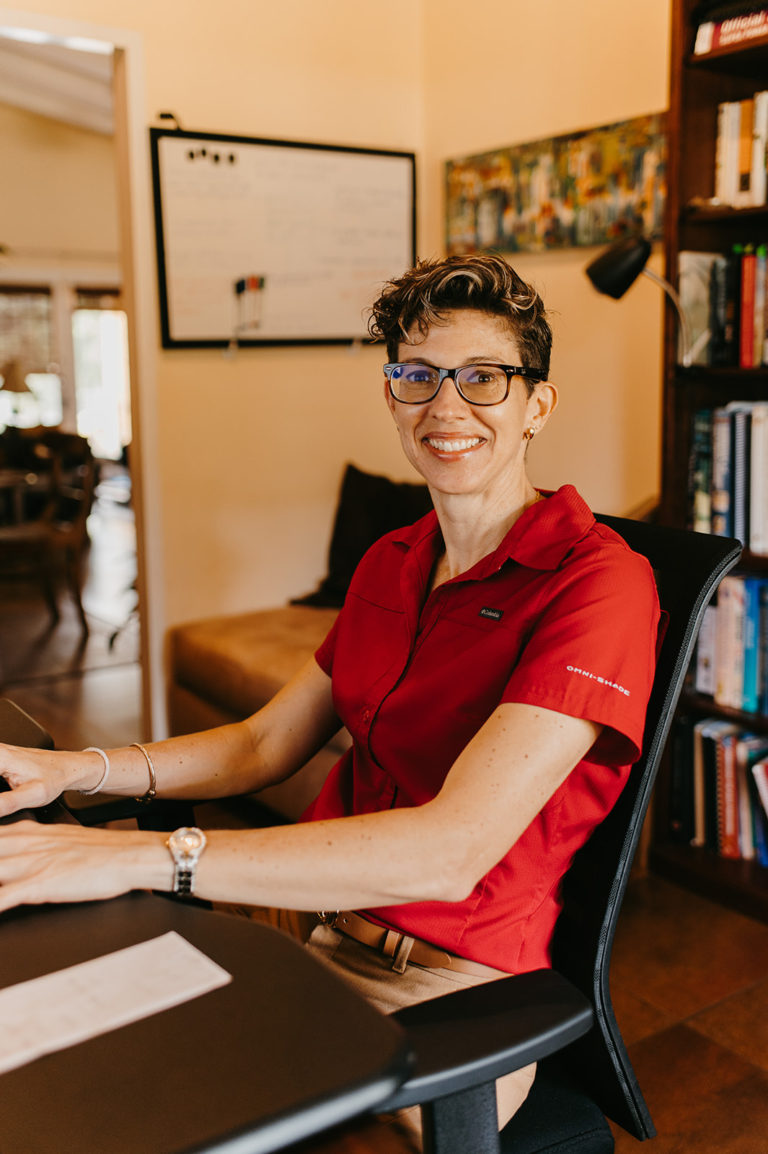About me
My Mission, My Passion
The journey along my career path has revealed many things. My failures and successes have shaped my philosophy of patient care, and have led me to believe that we, as healthcare providers, can do better for our patients, but we are also human and need support and relevant training to do this.
My mission is to create a space for busy, time-strapped clinicians and students to explore person-centered care, and to develop their clinical practice philosophy through reflection and discussion. Doing this together will allow us to reconcile the challenges of a busy clinical environment with the nuanced skills of person-centered care, and become better, more humanised healthcare providers.

The Basics
I’m a physical therapist, researcher and educator. A self-professed extroverted introvert, I was born and bred in Trinidad and Tobago. I went to the United States at 18 years old to pursue my first degree in Exercise Science at Mount Holyoke College in MA, and then moved back home where I taught Physical Education to elementary through high school students at the International School of Port-of-Spain for two years. I returned to Massachusetts to do a Masters in Physical Therapy at Springfield College. Thereafter, I worked in an outpatient physical therapy clinic specialising in spinal care in Florida before returning to Trinidad where I set up a private outpatient facility called Total Rehabilitation Centre with two other colleagues in 2007. I have been in private practice with a focus in orthopaedics ever since. However, I also do contract work in acute care, which I love. It has given me a chance to explore a different perspective to person-centered care, outside an outpatient practice. In 2013 I completed my transitional DPT from Temple University, and I am currently a candidate for a PhD at Nova Southeastern University.
My Journey into Patient-Centered Care
Throughout my career in the United States and in Trinidad, a happy patient has always been the most important outcome for me. A happy patient meant, in my world back then, that the patient had less pain and had resumed regular activities. My treatment would consist of attending to biomechanics, exercise, and advice on do’s and don’ts, which regularly included the importance of always keeping good posture, and the avoidance of lifting with a rounded back, and all the the other pseudoscience that physical therapists have been touting as gospel for so long. Core strengthening formed the foundation of rehab for all my patients with low back pain (I silently dry-heave inside when I think that I actually did this 😩). I took courses on core stabilisation for neck and back pain and even taught my colleagues what I had learned. Today, I feel pangs of guilt, because I no longer ascribe to that philosophy and would not care for many patients in that way. I would not treat a patient today the same way I did back then.
In retrospect, something about the maintenance of perfect posture at all times, the unnatural lifting techniques to pick up even a light object from the floor just never sat well with me. There was no way that I could consistently maintain perfect posture and I sure as heck would break all rules for bending and lifting when picking up light objects from the floor. How could I expect my patients to do it when I was not doing it? It felt quite hypocritical. Yet, such advice to patients was physical therapy dogma then and who was I, a young physical therapist from a small Caribbean island, to question the doctrine of my profession?
Enter my first patient with chronic pain. She changed my career path in Physical Therapy. She had multiple failed spinal surgeries after a fall on the job. My usual approach to back pain was not working, epidural injections and medications were not working. Core strengthening just increased her guarding, creating stiffer and more protective movement. Nothing was working. I felt helpless, like a failure at the fact that I could not understand what was happening or do anything to help her pain. With my frustration, I went to the literature on pain in search of a golden nugget that I could use to help my patient.
I discovered pain science, and delved deep into that world. It helped me to understand what was happening with my patient, but it still was not the gold nugget for which I was searching. That gold nugget never really jumped out at me. There was no “ah ha!” moment. As I explored the realm of pain science, read the stories of persons in persistent pain, and processed qualitative studies on the topic, I slowly realised that my patient needed more than a gold nugget. There was no one biomedical or biomechanical solution to my patient’s pain. Indeed, we had tried everything. There were days when my patient was in so much pain and so distraught that all I could do was listen, empathise and be present. I felt helpless doing this because I didn’t think that this was beneficial. Certainly, I thought, it was not physical therapy. Yet my patient kept returning to me and thanking me session after session, even on the days when we did nothing but talk.
As I continued to read on persistent pain, and on the patient experience, I began to understand that a meeting with a healthcare provider is more than just an encounter where the patient describes symptoms, and the provider determines and executes a “prescription.” While this may work in some cases, it often leaves many patients wanting, as if something is missing. I started to reflect on my feelings and experiences when I visited my primary care doctor. I began to watch my colleagues’ interactions with their patients, and became astutely aware of the patient experience during their interactions. Sometimes I would cringe, and other times I would thankfully smile.
My practice began to change. I would spend a lot more time in the patient interview. I was becoming focused on the patient, not their diagnosis. My practice was evolving to a more person-centered approach. As a clinical instructor, I found myself asking students to further explore some comments that patients made. At the end of the patient interview I would ask students to explain the patient’s life situation to me and describe how their condition had impacted their life, a challenge that they would often find difficult if they conducted a brief interview. In the end I would ask, “how could you help a patient if you don’t understand their life world?
My productivity decreased. If forced to see my previous caseload, I would end the day unfulfilled and highly stressed, which was not good for my health either! I began to feel pressure from my colleagues to increase productivity to my previous level. I resisted. I felt involved in an ethical dilemma here–a conflict between productivity and what I felt was good care, worthy of the money that patients were paying and what they deserved. I could not, in good faith, short-change a patient who placed her trust in me to provide the best care that I could. I resisted the pressure from my colleagues. It caused some conflict, but at least I slept well at night, with a clear conscience.
But the best part is that I felt the appreciation from patients. I felt it from my first patient with persistent pain, who kept returning although improvement in pain and disability was slow and intermittent, to other patients who thanked me for listening and wrote cards of appreciation, to the new patients who would wait weeks for an appointment, to the word-of-mouth referrals. I felt that my outcomes, and patient satisfaction improved. This person-centered approach was that gold nugget!
The fulfilment was gratifying, but I still felt that I could learn more. I wanted to understand the dynamic between patient and provider more, not only so that I could improve my patient care, but so that I could educate students and other healthcare providers about the soft skills of physical therapy practice and the nuances of the patient-provider relationship that make all the difference in good patient care.
I no longer refer to this philosophy as patient-centered care, but as person-centered care, because the clinical encounter is a meeting and a relationship between two persons who both bring their stories to the table. I decided then to pursue a PhD. This is also a reason for this blog which reflects my journey as I learn about and explore person-centered care. I acknowledge the challenges in bringing this approach to the clinical environment, so my goal is also to help busy clinicians reconcile person-centered care with these clinical challenges. I hope that by following my blog, you can journey with me into this philosophy, this way of being, of practicing, and becoming a better, more humanised and humbled healthcare provider, with hopefully more satisfied patients.
Research and Academic Interests
I’m now in the middle of that PhD. As you may have guessed from the above, my research interest is in person-centered care, particularly in the population of persons with chronic low back pain, but this can be applied to fields across healthcare. My PhD research involves the use of an econometric model of utility (a discrete choice experiment) to investigate concordance of preferences for attributes of patient-centered care between patients with chronic low back pain and the providers who care for them. The methodology, a mixed methods design, is new to physical therapy research. It will help me to understand how patients make decisions regarding their choice of healthcare providers, and what they want in the clinical encounter with their provider.
I have a keen interest in education, particularly of physical therapy students and colleagues in healthcare. My mother was a teacher for 34 years, so I guess you could say that it’s in my genes! I enjoy workshops and presentations about my research and topics of interest, and my work as a clinical instructor to physical therapy students from around the world is particularly rewarding. My focus in clinical education is on reflexivity and critical reasoning within the framework of person-centered care. In the future, I hope to blend classroom teaching with clinical practice and research in the academic setting.


Hobbies
I love to travel. I consider myself a “Trini without borders.” As an avid outdoorswoman my ideal travel experience is one that has outdoor adventure, good local food and beer. Exercise is my life blood and there is nothing better than blending a gorgeous landscape with a great workout as you navigate it on foot, bike, ski or snow shoe! The beauty of this world is indescribable.
I get strange looks when I say that one of my hobbies is actually being a student and an educator, but I consider myself lucky that I love what I do. I enjoy teaching, I enjoy my research, and I enjoy sharing it.
When I’m not travelling or doing research, I’m usually outdoors hiking with my dogs or in my garden, attempting to develop a green thumb. However I’m not so sure I’m being very successful at this!
